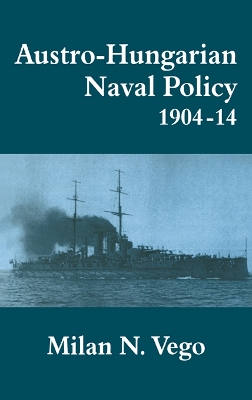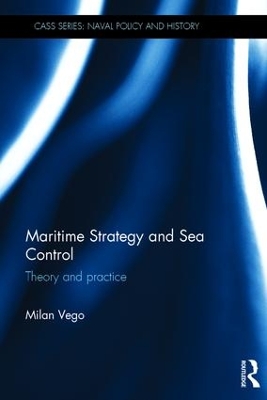Cass Series: Naval Policy and History
3 total works
This work explains and critically examines the main theoretical aspects of operational warfare at sea.
It utilizes diverse examples from naval history, ranging from the ancient era to the present day, to offer a comprehensive description and analysis of the key components of operational warfare at sea today. Specifically, it explains the military/naval objectives, levels of war, types of major naval/joint operations and maritime campaigns, and their main elements. In contrast to many works, this book focuses on the role of the naval operational commanders in command and control and decision-making. It also describes in great detail the main elements of naval operational leadership and operational thinking, which are illustrated by examples of successful warfighting admirals. This new edition has been completely revised and updated, with three new chapters, and analyses in even more detail the planning and execution of major naval/joint operations and maritime campaigns.
This book is intended to serve as a primer of how to plan, prepare, and execute major naval/joint operations and maritime campaigns for naval operational commanders and their staffs, but will also be of great interest to students of naval power, strategic studies, and military history in general.
This book focuses on the key naval strategic objectives of obtaining and maintaining sea control.
During times of war, sea control, or the ability of combatants to enjoy naval dominance, plays a crucial role in that side’s ability to attain overall victory. This book explains and analyzes in much greater detail sea control in all its complexities, and describes the main methods of obtaining and maintaining it. Building on the views of naval classical thinkers, this book utilizes historical examples to illustrate the main methods of sea control. Each chapter focuses on a particular method, including destroying the enemy forces by a decisive action, destroying enemy forces over time-attrition, containing enemy fleet, choke point control, and capturing important enemy's positions/basing area, The aim is to provide a comprehensive theory and practice of the struggle for sea control at the operational level. It should therefore provide a guide to practitioners on how to plan and conduct operational warfare at sea.
The book will be of much interest to students of naval strategy, defence studies and security studies.


